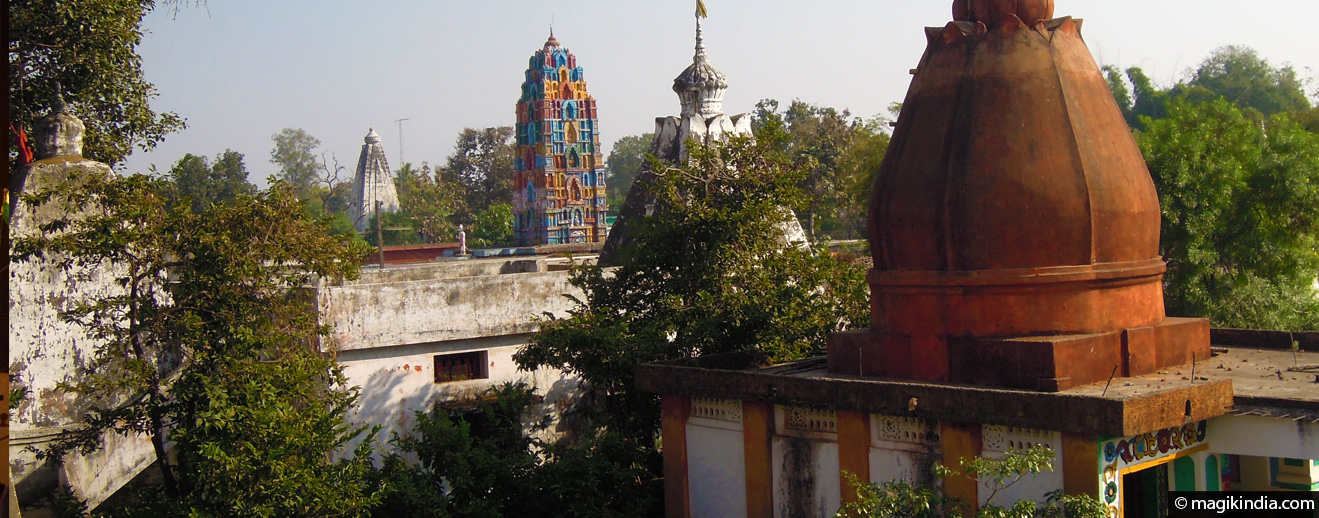
Sirpur, the lost city of Chhattisgarh
![]() Sirpur, located on the banks of the Mahanadi River, 85 kilometers from Raipur, has a very particular aura, rather mysterious and ineffable. Perhaps it’s because this abandoned city is so old, or because it is unveiling its secrets only sparingly…
Sirpur, located on the banks of the Mahanadi River, 85 kilometers from Raipur, has a very particular aura, rather mysterious and ineffable. Perhaps it’s because this abandoned city is so old, or because it is unveiling its secrets only sparingly…
Sirpur was once called Shripur, which is the ‘city of abundance’. It was aptly named because, during its golden age, under the reigns of the kings Teevardeva and Shivagupta Balarjuna (from the 6th to the 8th century), the city was home to no less than 100 temples, and also a hundred monasteries where some 10,000 Buddhist monks lived!
Abandoned for a long time, this site has been rediscovered for several decades with major excavations such as the temple of Surang Tila (see below) but also a dozen Buddhist viharas (monasteries), about thirty Hindu temples dedicated to Shiva, Vishnu and Shakti (Tantric temples) and a 6th century public bath.
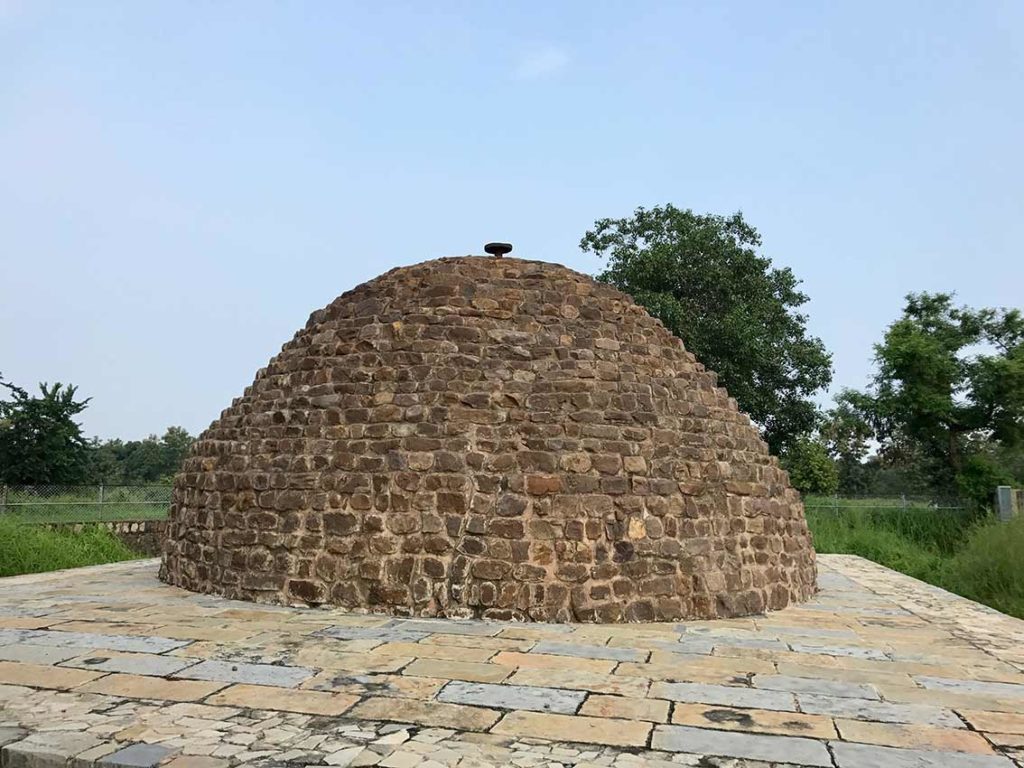
According to archaeologists, this ancient city is an archaeological ‘gold mine’. It is also the largest Buddhist site ever discovered in India, much larger than that of Nalanda in the state of Bihar. We also know that the famous Buddhist monk Nagarjuna went to Sirpur.
Sirpur Dance Festival
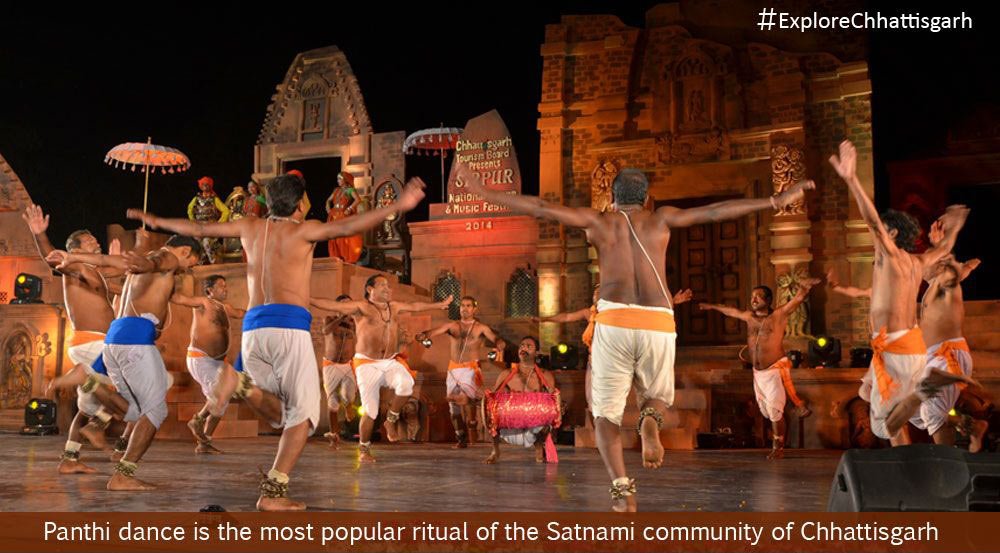
Intricate carvings and elegant statues have made this place the perfect abode for art. All this makes it the most preferred venue for the wonderful Sirpur National Dance and Music Festival. It brings together artists from various platforms in a cultural extravaganza. Along with the dance and music festival, three important workshops based on folk dances, handicrafts and musical instruments of Chhattisgarh are organised.
And now, let’s visit Sirpur!
Lakshmana temple

Lakshmana temple was built by Queen Vasata, mother of the King Mahashiva Gupta Balajurna of the Panduvamsi dynasty. This temple, erected on a stone jagati (platform), dates from the 7th century and it is largely damaged; The original statue of the sanctuary is missing today, but the sculptures of the sikhara (tower), in red brick, and the door of the temple are intact and have beautiful sculptures of the god Vishnu and his avatars as well as frescoes of daily life and of ‘Maithunas’, representations of lovers.

Sensual or sometimes explicitly sexual scenes are found in a large number of Hindu (and Jain) temples in India, notably in Khajuraho, but also in Konark and, closer to Sirpur, Bhoramdeo (north of Chhattisgarh). Far from being vulgar or provocative sculptures, they express, on the contrary, the sacralisation of the sexual act, which reproduces the ultimate act of creation, the union of the masculine and feminine.
Right next to the Lakshmana Temple, a small museum has been built by The Archaeological Survey of India (ASI) to display the statues found at the Sirpur site. Not to be missed!
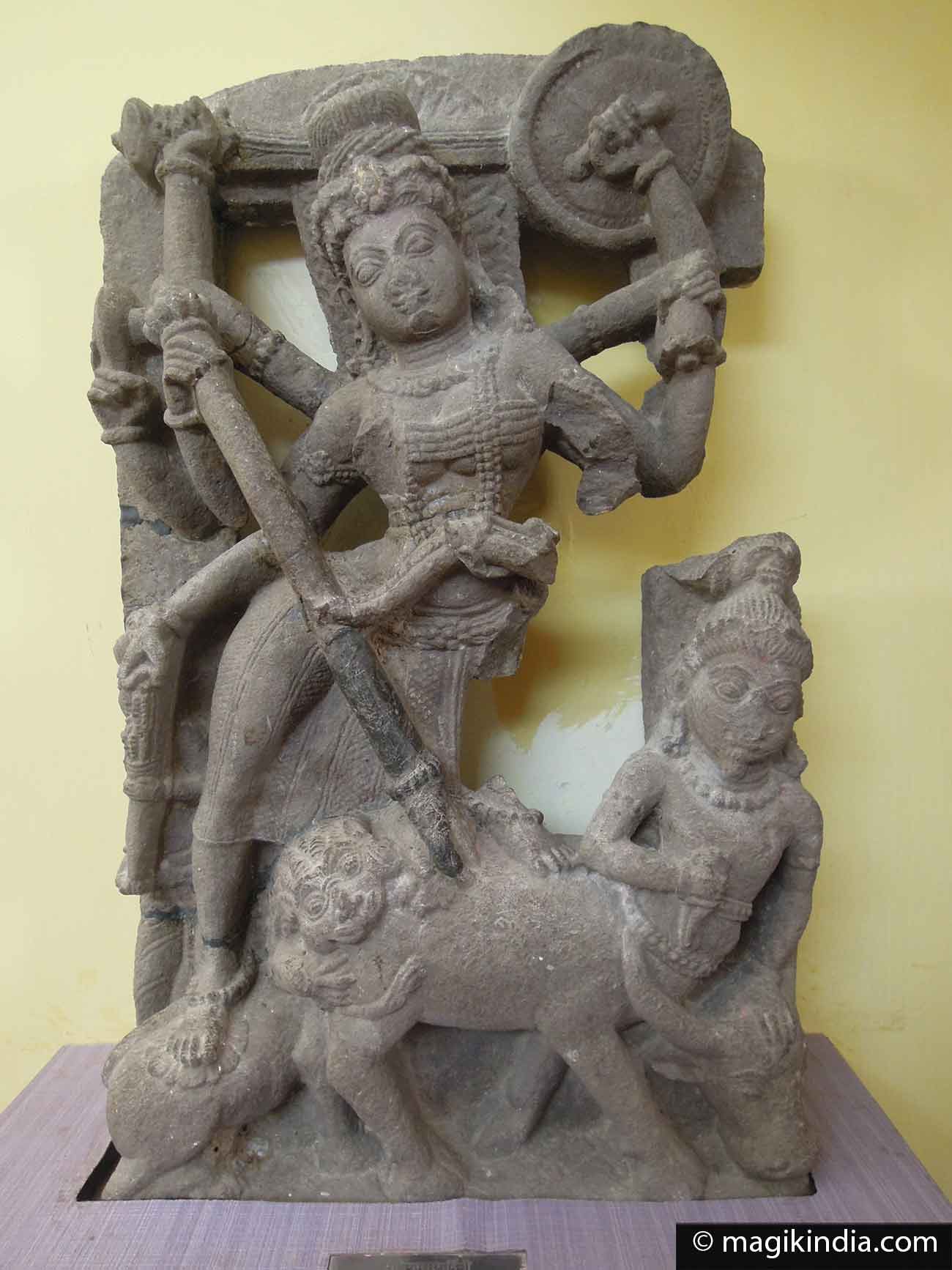
A little further, we discover the ruins of the 6th century temple of Rama whose main attraction is its platform (jagati) in the shape of a star, which is considered to be the first example of such architecture in India. We find this style of jagati in the splendid temples of the Hoysala dynasty in Karnataka.
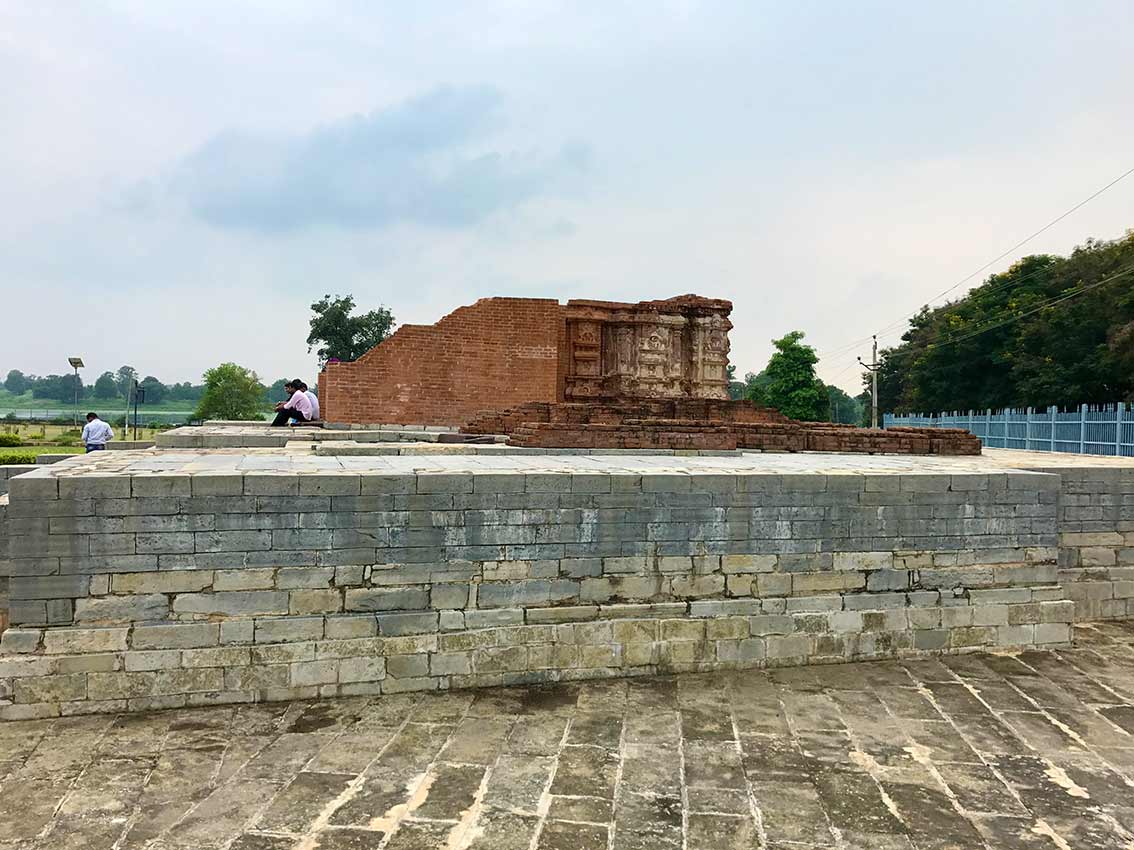
Surang Tila
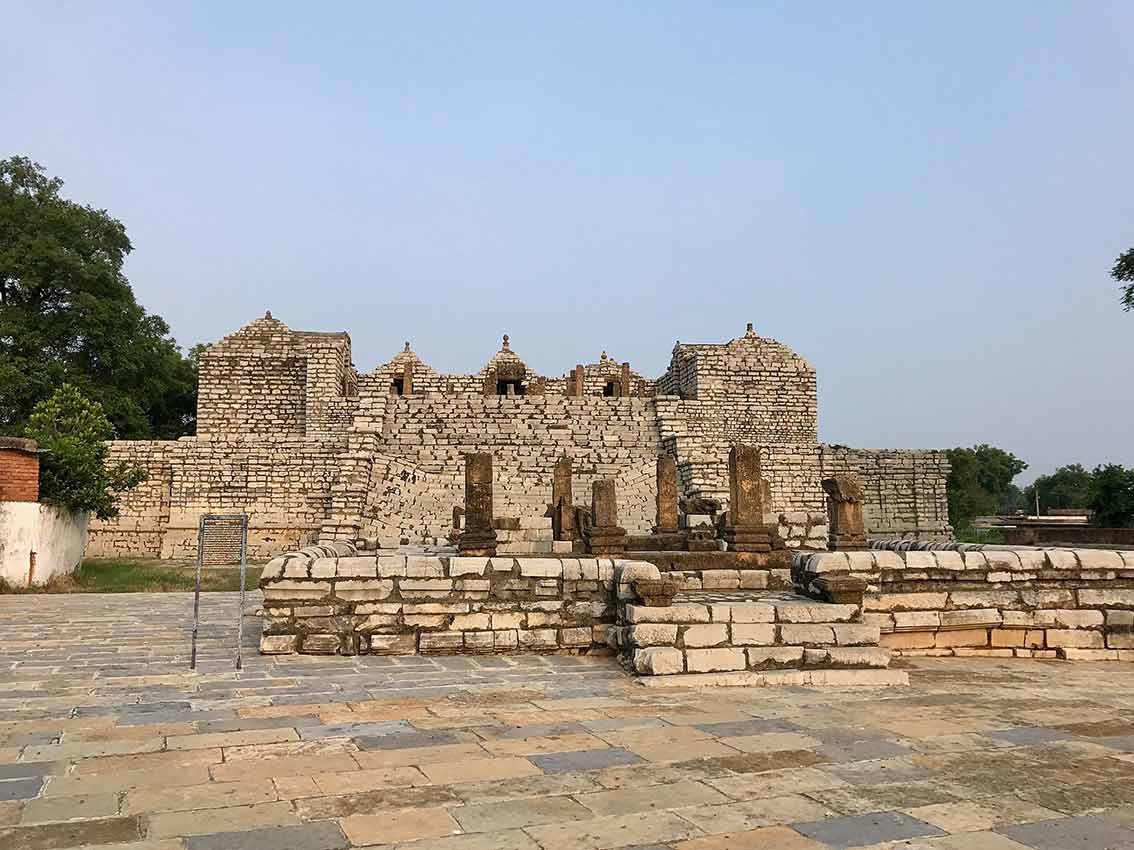
Surang Tila is the largest temple complex in Sirpur, it was discovered in 2006-7. It was built in the Panchayatana* style by Mahasivagupta Balarjun in the 7th century AD.
*Panchayatana, that is to say that the main sanctuary is surrounded by four subsidiary sanctuaries. Generally, Hindu temples are built along a west-east axis. Barring exceptions, the four subsidiary sanctuaries are therefore located to the northeast, southeast, southwest, northwest.
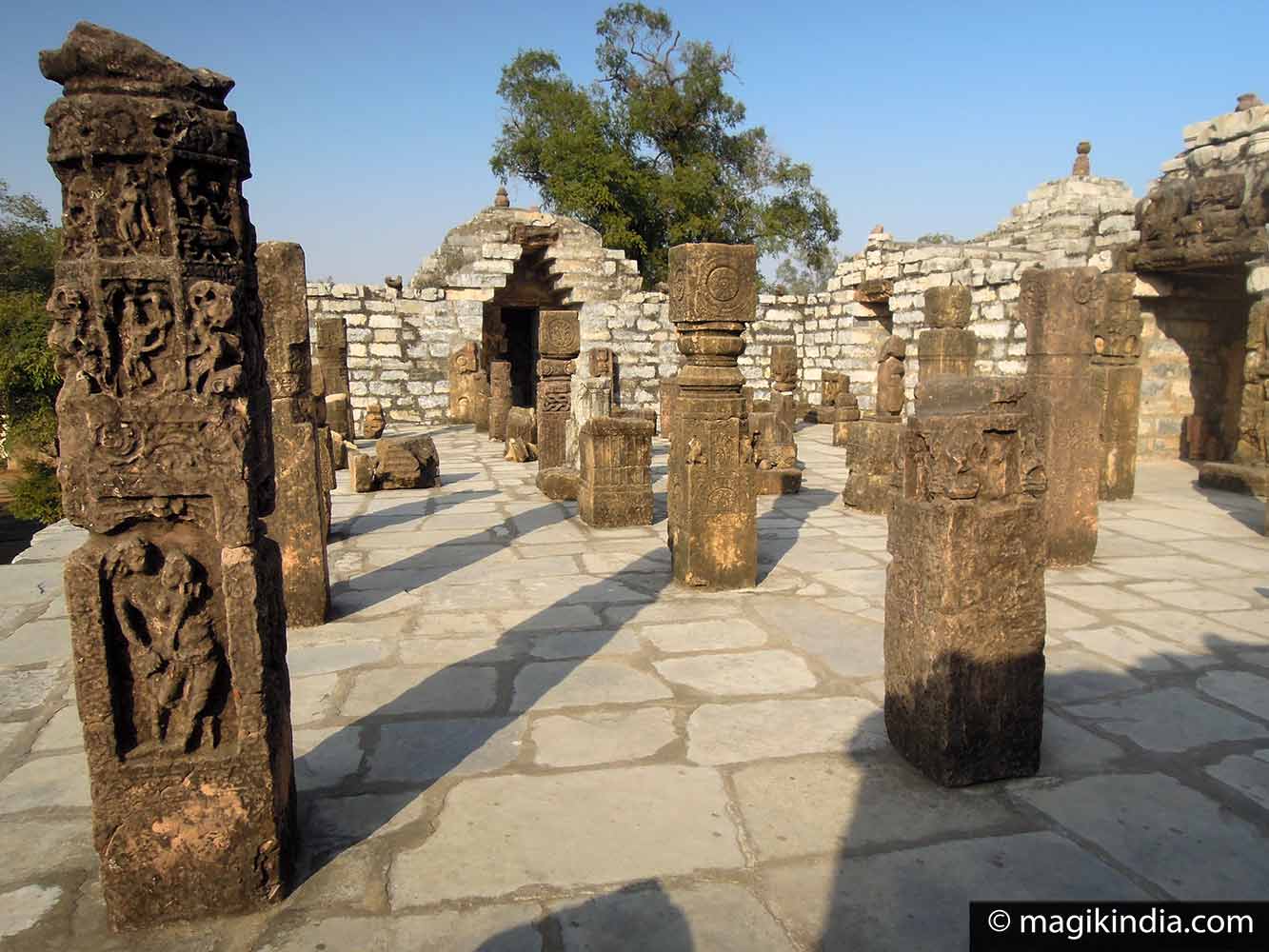
The remains of the temple cover a large area, but the main white stone temple sits on a columned terrace, elevated 9 meters high. It is reached by about thirty steep, partly subsided, probably due to an earthquake in the 12th century. It is assumed that the terrace was a mandapa, because it has the ruins of 32 carved pillars.
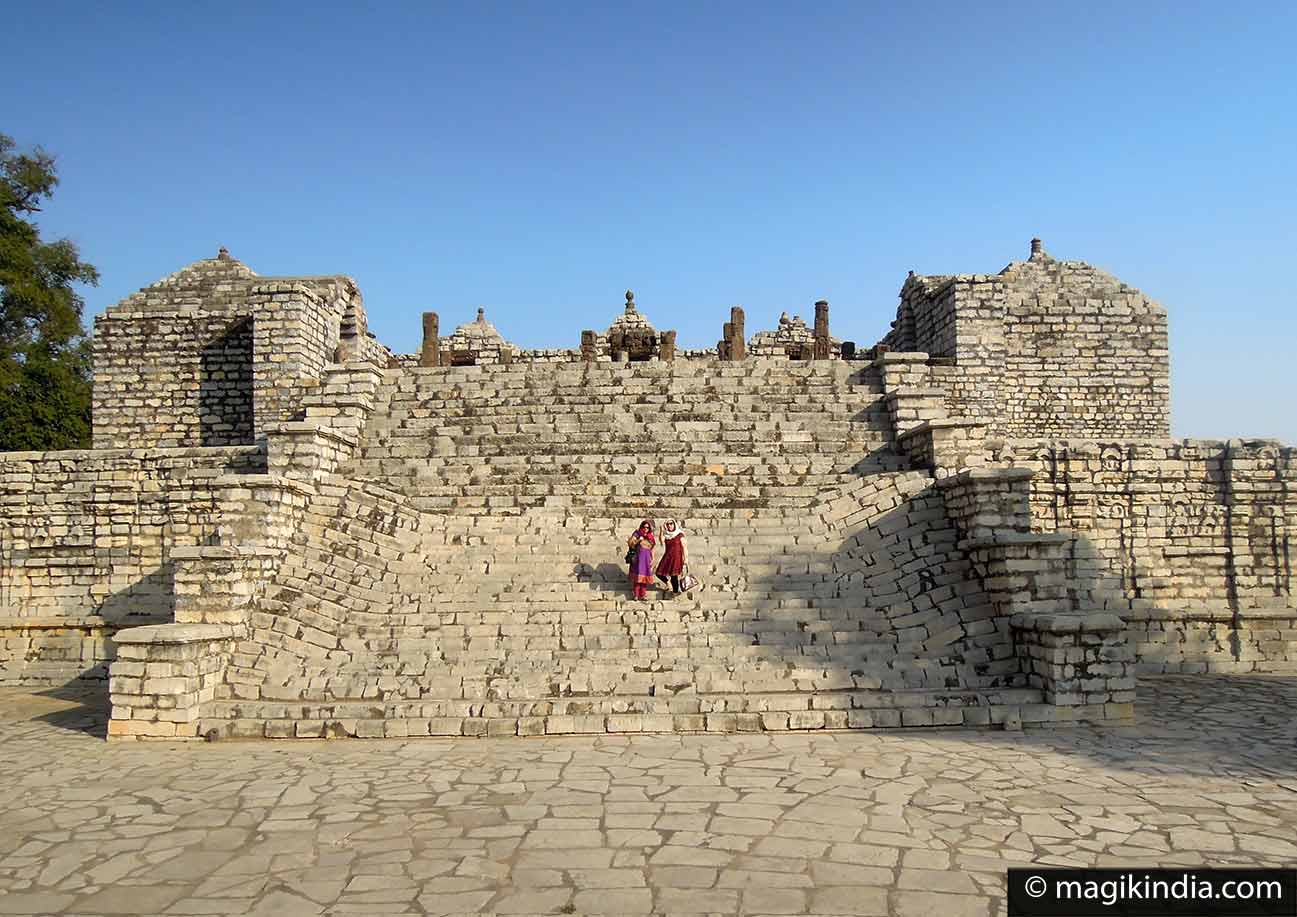
The terrace connects to five sanctuaries, four dedicated to Shiva whose lingams are each of a different color (white, red, yellow and black) and the fourth sanctuary is dedicated to Ganesha, the elephant-headed god.

Below the temple terrace are the ruins of two other monuments, one was probably a residence for priests and monks, and the other a small tantric temple with a Shiva lingam.
Teevardev Buddh Vihara
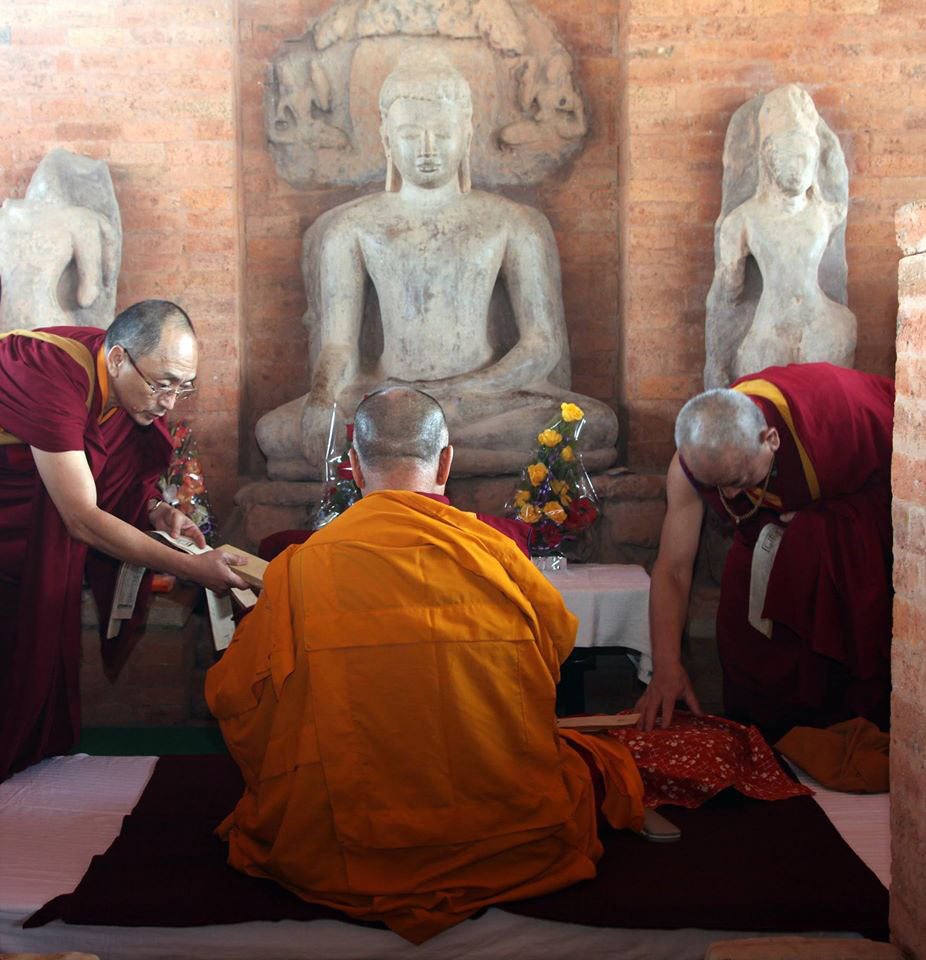
Popularly known as Sirpur Buddha Vihara, this 8th century Buddhist temple and monastery attracts many Buddhist pilgrims throughout the year. The Dalai Lama also blessed the site twice with his presence.
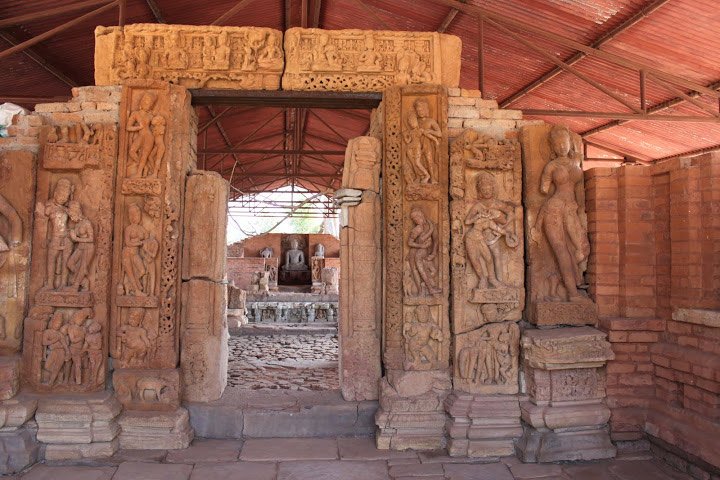
According to the inscriptions on the site, this fourteen-room temple and monastery was built by Bhikshu Anand Prabhu with the sponsorship of King Sivagupta Balarjuna. The main attraction of the site is the monolithic Avalokitesvara Buddha (Compassionate Buddha) statue.
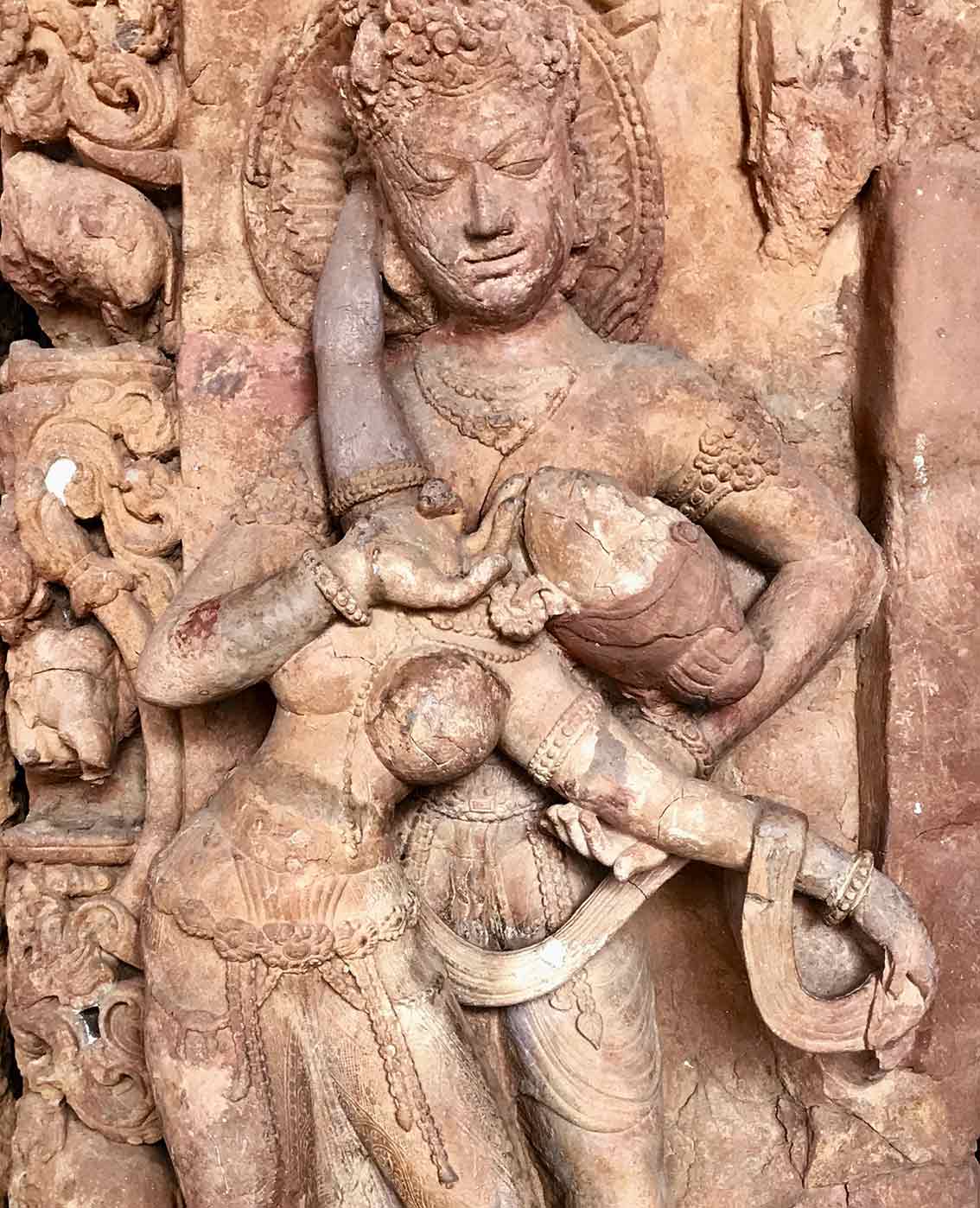
When looking at the splendid frescoes of the monastery harmoniously mixing Buddhist and Hindu iconography, one is led to think that the leaders of this period of time must have been very open-minded; Here, the Buddha statues and the Panchatantra scenes (ancient fables that depict animals) rub shoulders with those of the sensual Maithunas.
Baleshwar Temple
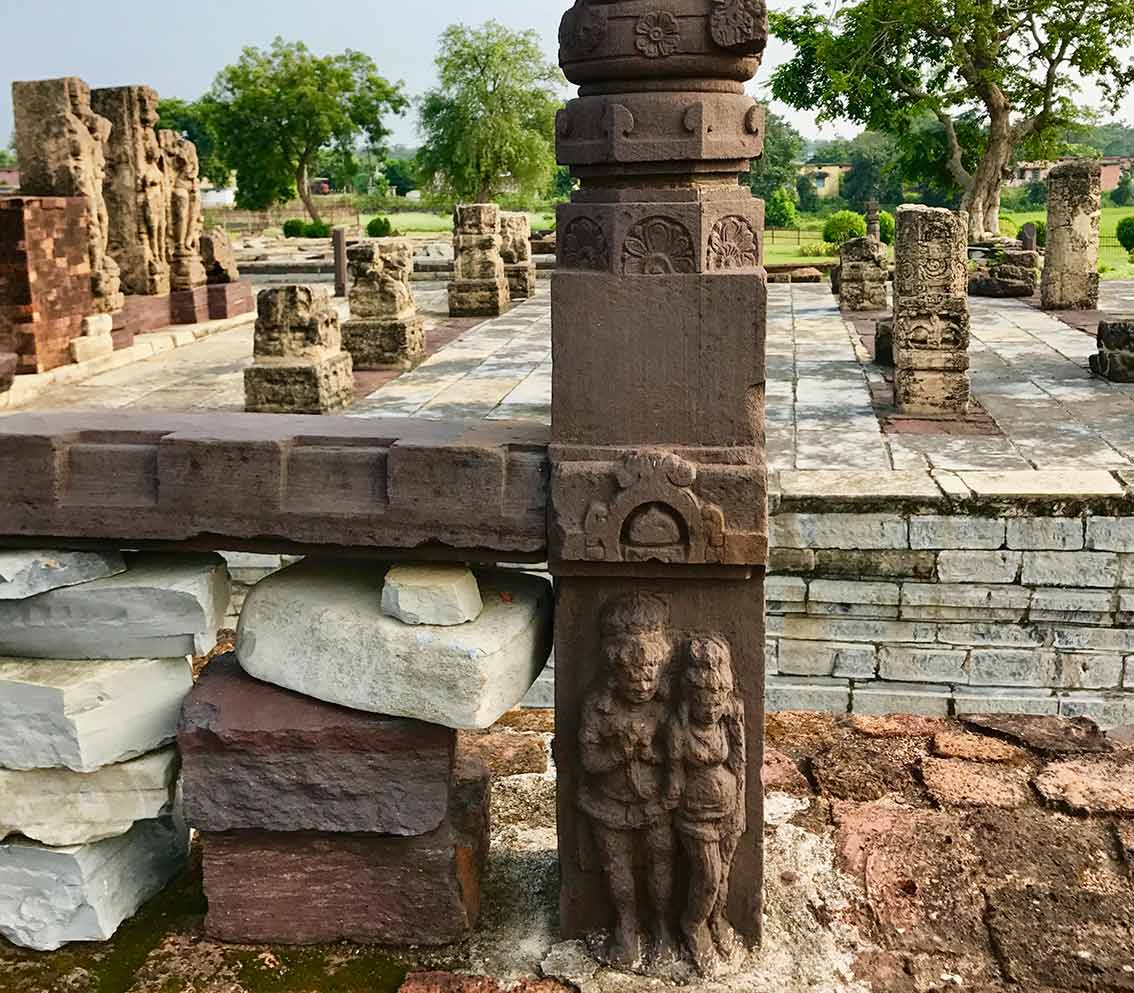
Baleshwar is a complex of temples built by King Mahashiv Gupt Balarjuna, mid-8th century, located approximately 50 meters northwest of the Teevardev Buddh Vihara monument.
The few vestiges that remain of this temple are some nicely carved pillars, lintels and a door jamb decorated with graceful ladies as well as a sanctuary with a Shiva lingam in marble.
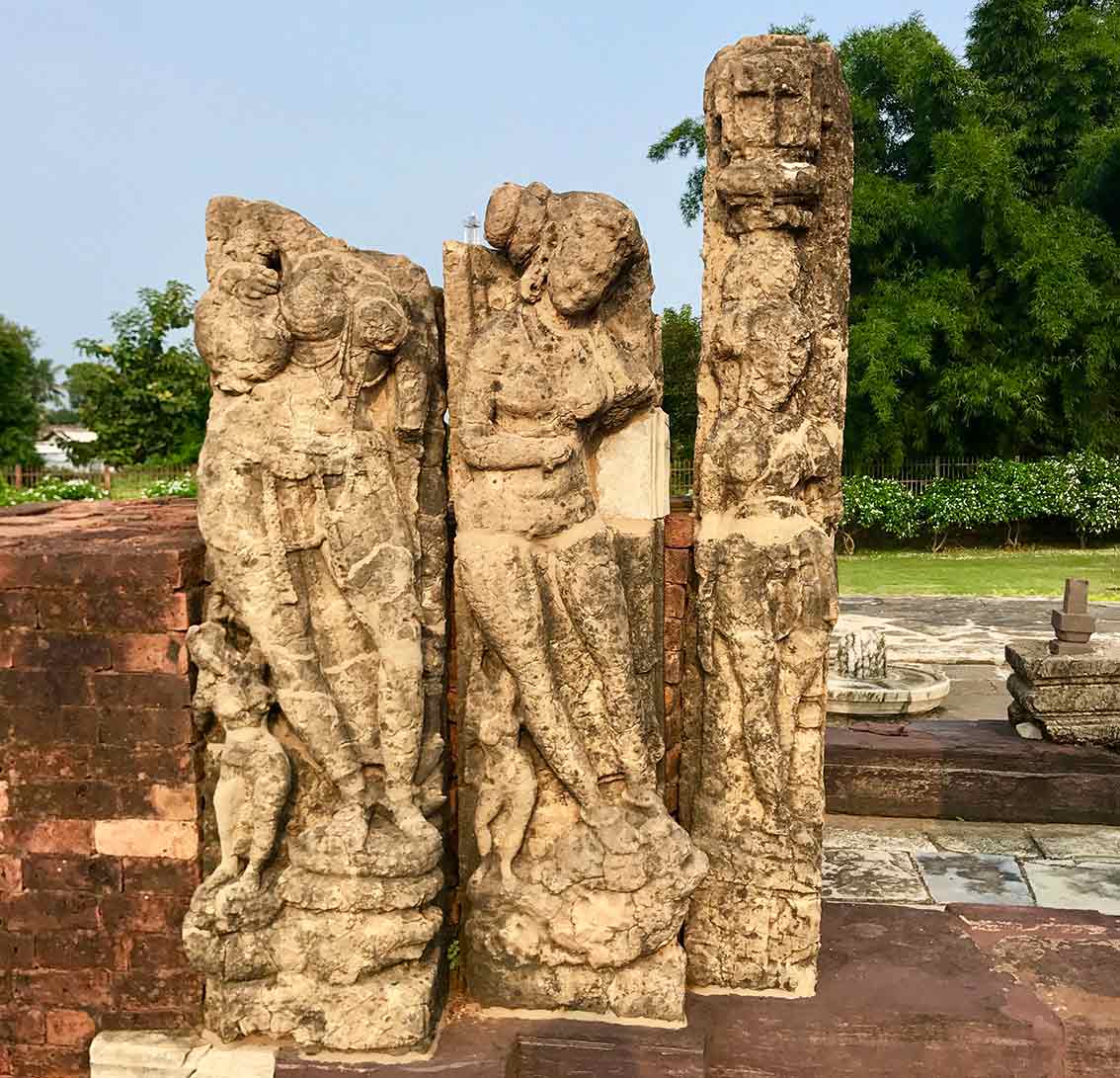
Temple Gandheshwar

The Gandheshwar temple (in activity), overlooking the banks of the Mahanandi river, is dedicated to Lord Shiva. It is one of my favorite temples in Sirpur, I like its eclectic atmosphere. Indeed, this 18th century temple has a unique character: it was embellished with Hindu, Buddhist and Jain remains found on the sites of Sirpur. Thus, while walking in the temple you will come across a beautiful Buddha in meditation sitting near a lingam, symbol of the Hindu god Shiva. The temple is particularly buzzing during the Mahashivaratri festival, the great night of Shiva.
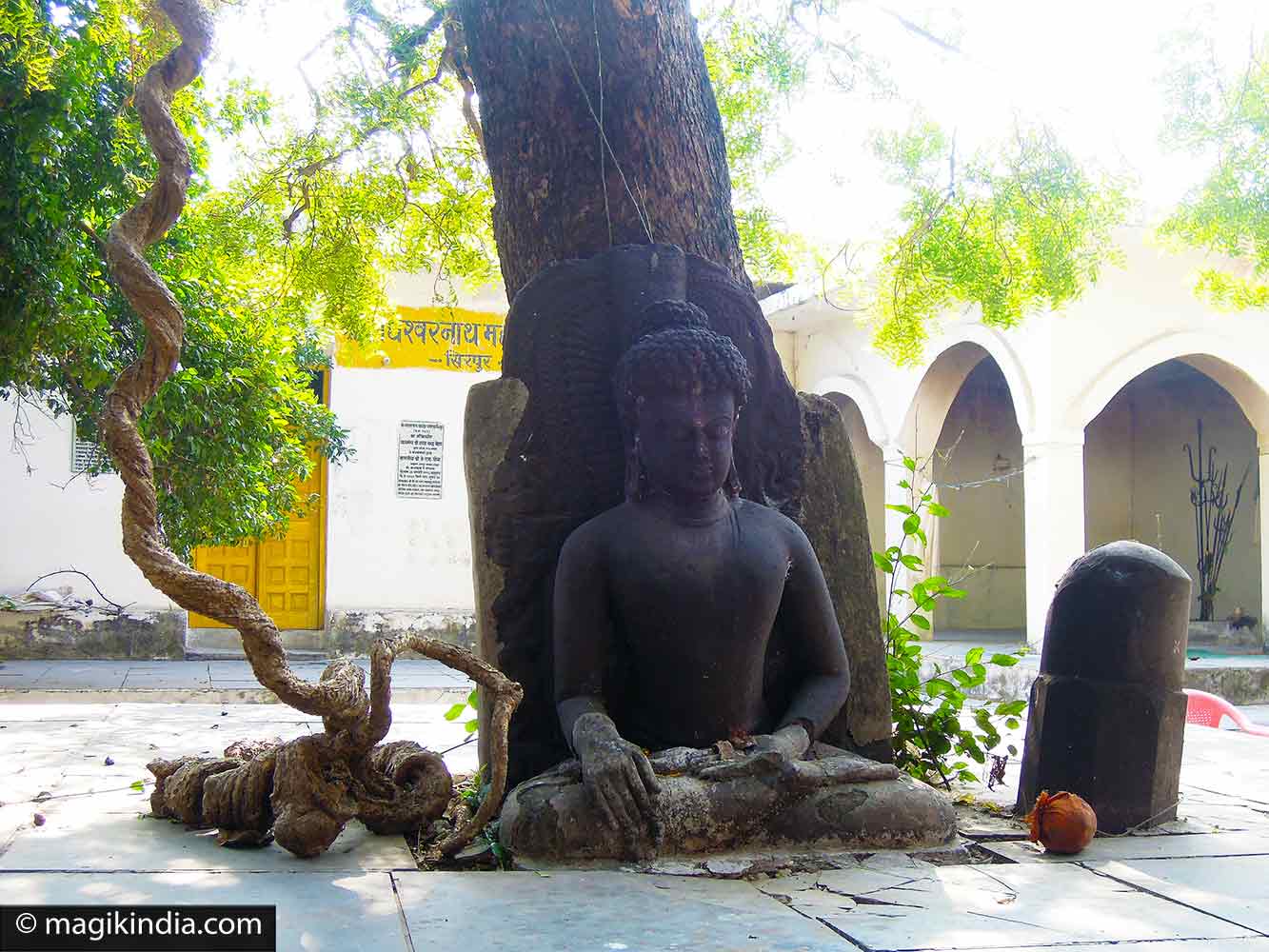
All around this temple, you can explore other more or less ancient shrines, they are all worth a look!
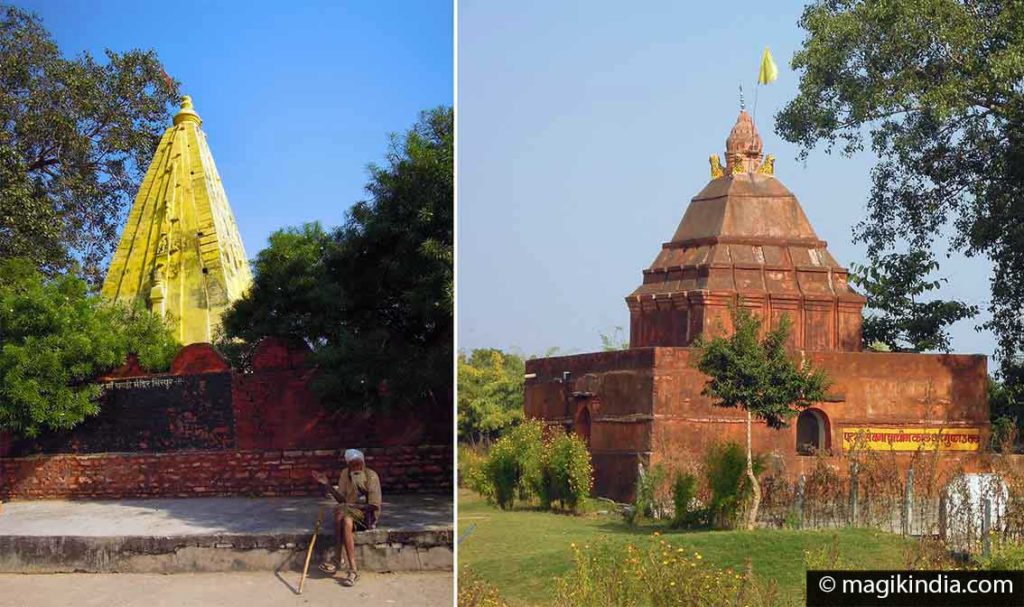
Vous aimerez peut-être aussi...
4 Comments on “Sirpur, the lost city of Chhattisgarh”
Leave a Reply
You must be logged in to post a comment.

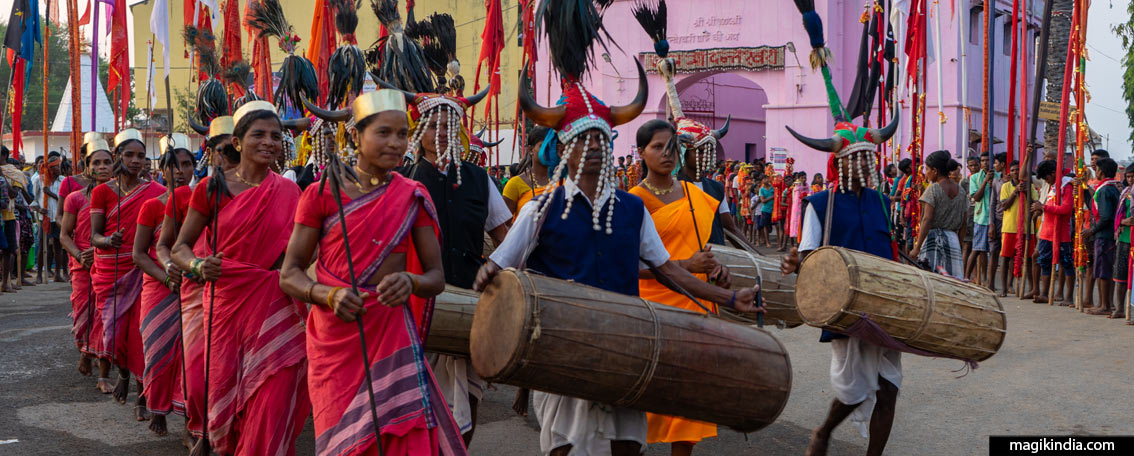
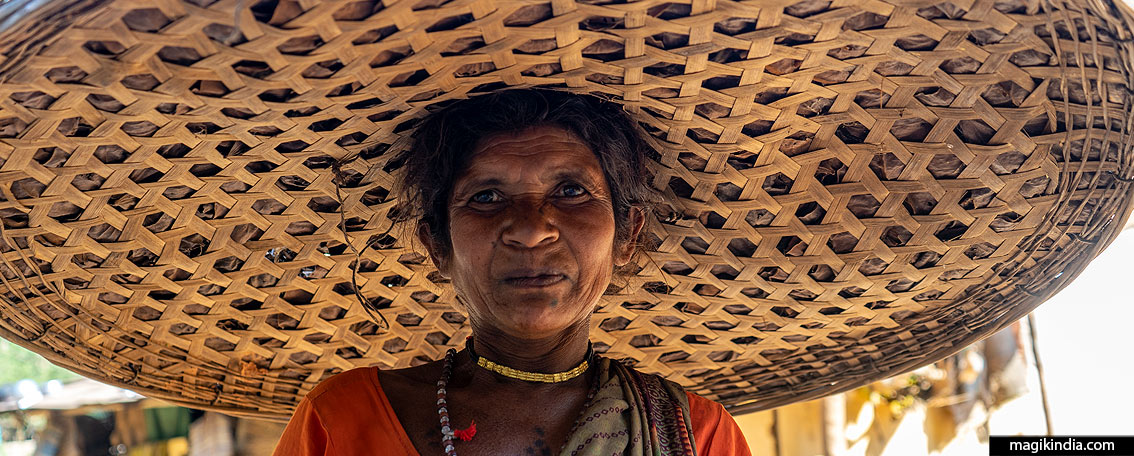

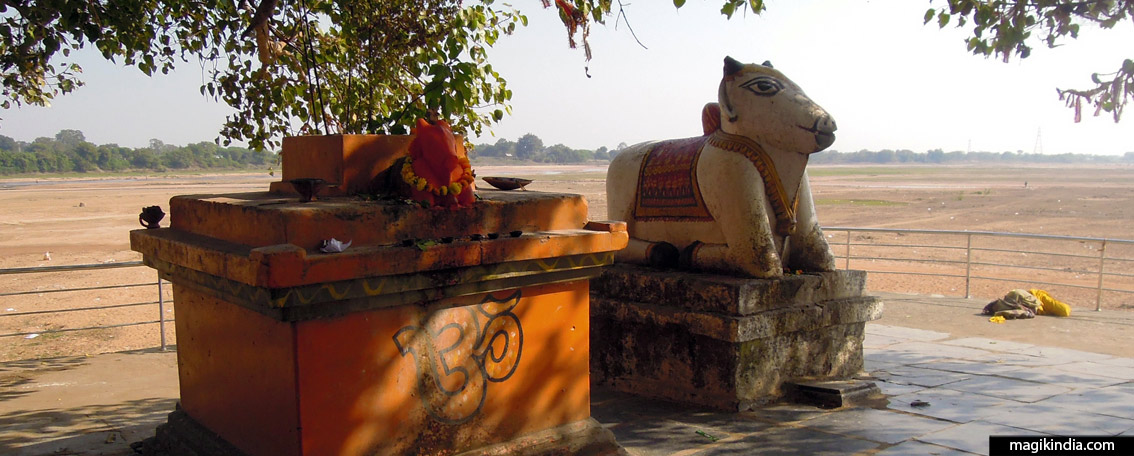
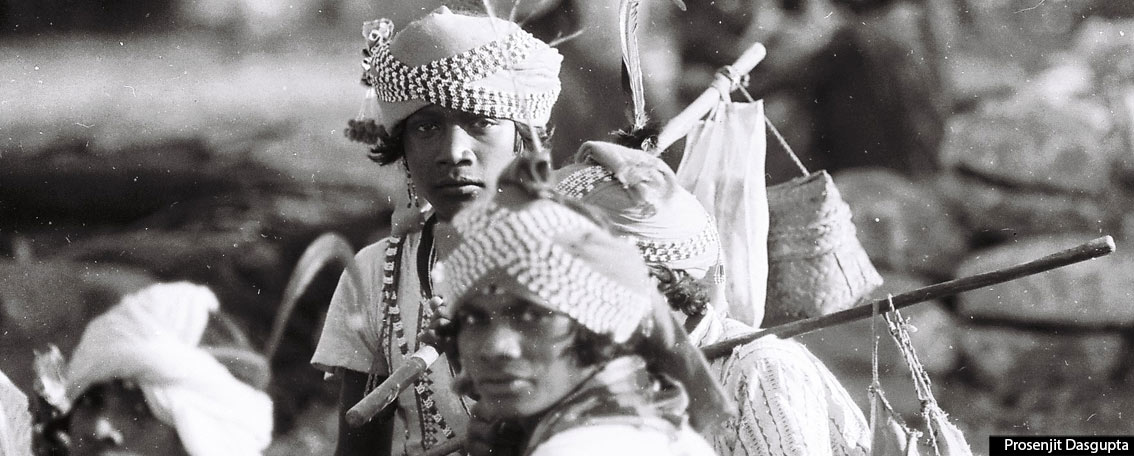
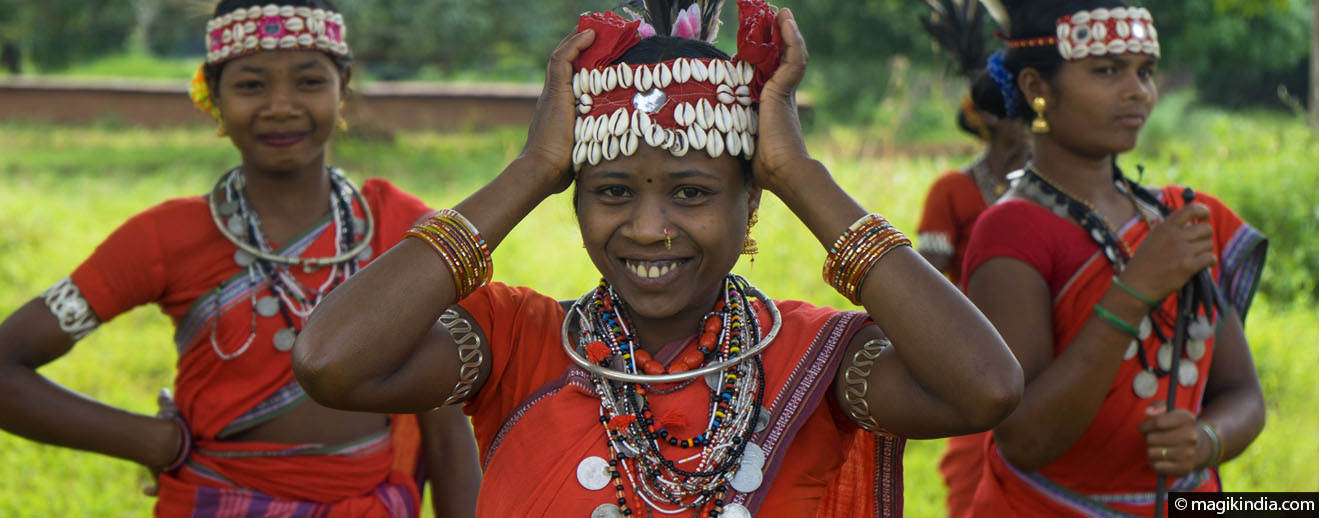
Hi! thanks for your message. Actually it is all chhattiscgarh that need to attract people. In Sirpur, there is already an annual dance festival. Maybe architectural and heritage tours led by students like you can attract more tourism. It is up to the tourism board to boost it too. So you can join it and give your ideas 🙂
Regards
Mathini
Hello, I’m an architecture student I need your help to know how can tourism in Sirpur increased by attracting tourists. example- museum, performing arts spaces, stays, and some tourist attraction activities.
Hi! thanks for your very short message 😉
Hi